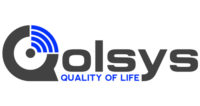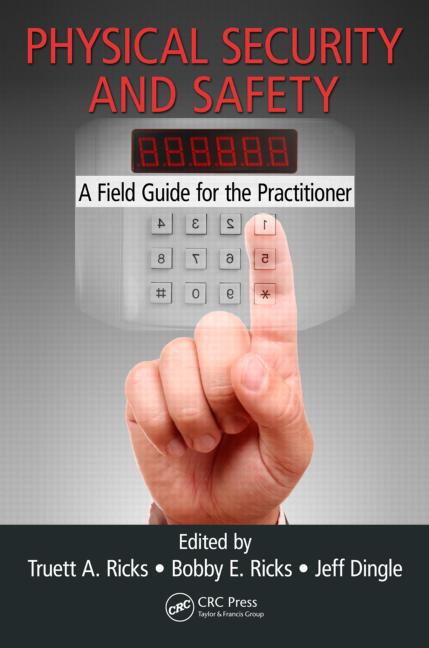NFPA Research Affiliate Receives Grant Funding for 4 Projects

The research affiliate of the National Fire Protection Association (NFPA) has received grant funding for four projects, including two funded by the Federal Emergency Management Agency Assistance to Firefighters Grants (FEMA AFG) and two funded by the National Institute of Standards and Technology (NIST).
Since 1982, the Fire Protection Research Foundation (FPRF) has facilitated projects that address industry challenges related to detection and signaling, hazardous materials, electrical safety, fire suppression, storage of commodities, firefighter health and safety, public education, emerging technologies, among other safety considerations.
Following is a summary of the newly grant-funded FPRF research projects:
Firefighting Foams: Implementation of Fire Service Roadmap (FEMA AFG grant) — This two-year grant will build on the firefighting foams fire service roadmap developed by a prior AFG FOA FY19 project to establish comprehensive best practices, firefighting tactics, and recommendations for the fire service when using fluorine free foams (FFF). FPRF, in partnership with Jensen Hughes, DFW Dynamics, LASTFIRE and DSRAE, LLC., will provide updated information addressing the evolution of FFF technology and implementation considerations by summarizing the learnings from FFF transitional case studies, evaluating various real-world Class-B fire scenarios, and providing guidance required for training and updating standards. A key component of the project will be the engagement with fire service stakeholders in a planned project workshop.
Assessment of Electric Vehicle Firefighting Techniques, Technologies, and the Impact of Stranded Energy (FEMA AFG grant) — This two-year R&D grant works to improve safety for firefighters when responding to electric vehicle (EV) fires and incidents, establishing the effectiveness of current EV firefighting techniques; evaluating new technologies and practices; and determining the impact of suppression activities and risks associated with stranded energy and re-ignition. The FPRF is partnering with the Energy Safety Response Group (ESRG), Fire & Risk Alliance (FRA), the Energy Security Agency (ESA) and NFPA to provide a performance evaluation of suppression tactics for EVs. This work will develop qualitative and quantitative test data to inform best practices, develop testing methodologies, and video training modules, which will be included in future releases of NFPA’s Alternative Fuel Vehicles Safety Training and inform industry standards.
Current State of Cigarette Fires in the US: Data Analysis and Workshop (NIST grant) — FPRF and NFPA will work on this one-year research grant to gather relevant information and data on cigarette fires. Between 2015 and 2019, smoking materials continued to serve as the leading cause of US home fire deaths. The deliverables from this effort will be used as the basis for initiatives that further reduce the number of cigarette fires and the toll they incur on people and property.
WUI-NITY 4: An industry-ready WUI fire evacuation model project (NIST grant) — WUI-NITY is an integrated software platform that works to enhance life safety in case of wildland-urban interface (WUI) fires by simulating WUI evacuation scenarios, linking three domains: fire spread, pedestrian decisions and movement, and traffic movement. The WUI-NITY tool has been developed over several previously NIST-funded projects facilitated by the FPRF in partnership with a research team from Lund University, Imperial College London, NRC Canada, Movement Strategies/GHD, and Royal Melbourne Institute of Technology (RMIT). This fourth phase focuses on producing a tested, calibrated, and configurable model that can be used by stakeholders to assess wildfire evacuation performance in real-world situations. The overall goal of the project is to move this tool from research to practice, and to provide support for the use and integration of this (and equivalent) tools.
In addition, the FPRF will serve in an advisory service capacity for five additional grants, including three with FEMA AFG, one with the U.S. Department of Transportation (DOT), and one through the National Aeronautics and Space Administration (NASA). They are:
- A three-year FEMA AFG R&D grant led by University of California, Los Angeles (UCLA) titled, “Firefighting fire toxicity: improving safety and health via novel optical sensors”;
- A three-year FEMA AFG R&D grant led by Rutgers University titled, “Engaging volunteer firefighters in cancer prevention”;
- A two-year FEMA AFG FP&S grant led by Skidmore College titled, “Firefighter Research and Education for Safety and Health (FRESH)”;
- A two-year DOT grant led by Texas A&M University titled, “Determination of potential impact radius of carbon dioxide (CO2) pipelines”;
- A NASA funded grant led by ImageCat titled, “Community Wildfire Vulnerability Index for Risk Assessment and Response Planning using Earth Observation (EO) Data and Modeling.”
To learn more about how the FPRF conducts its work, go here.
Looking for a reprint of this article?
From high-res PDFs to custom plaques, order your copy today!








